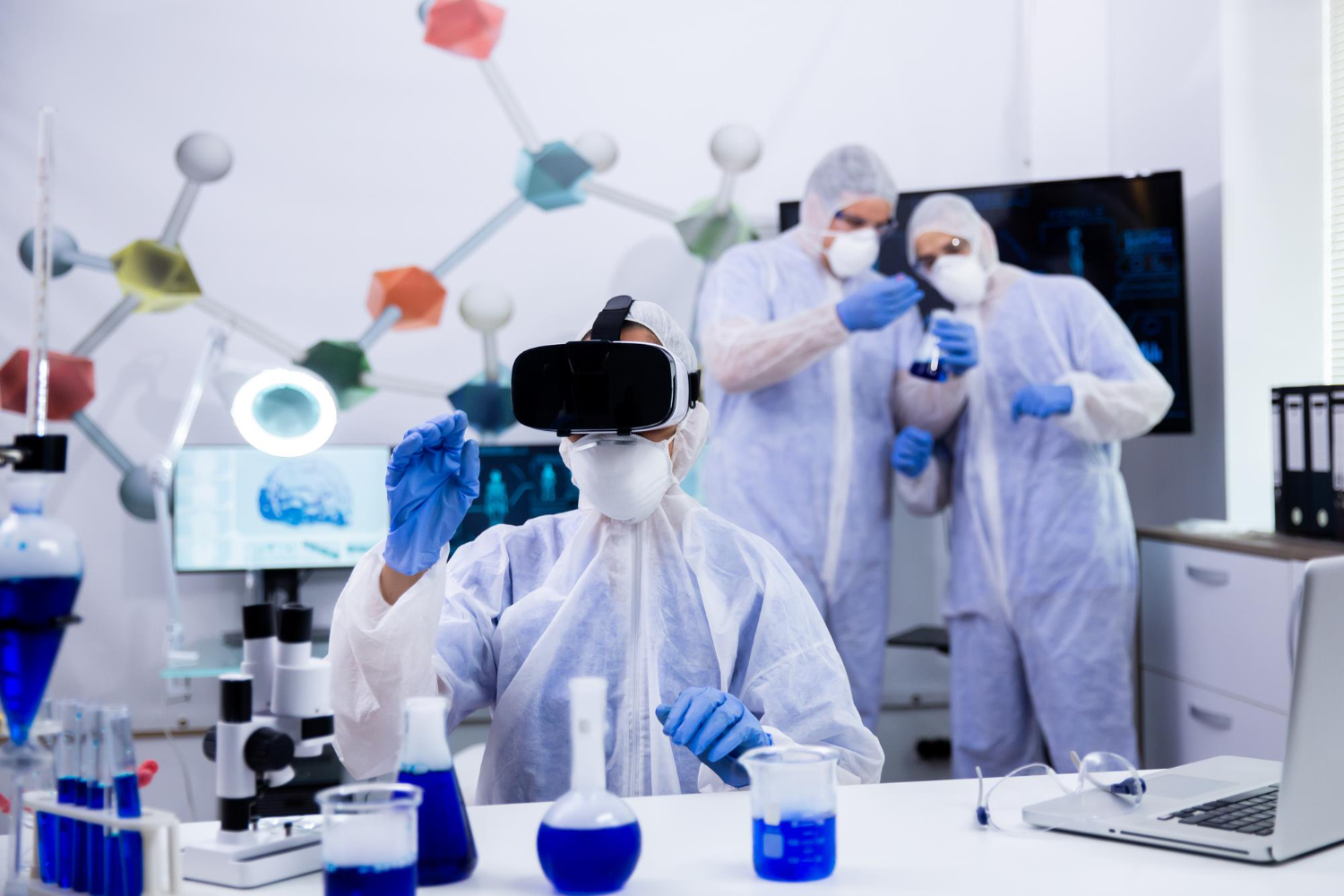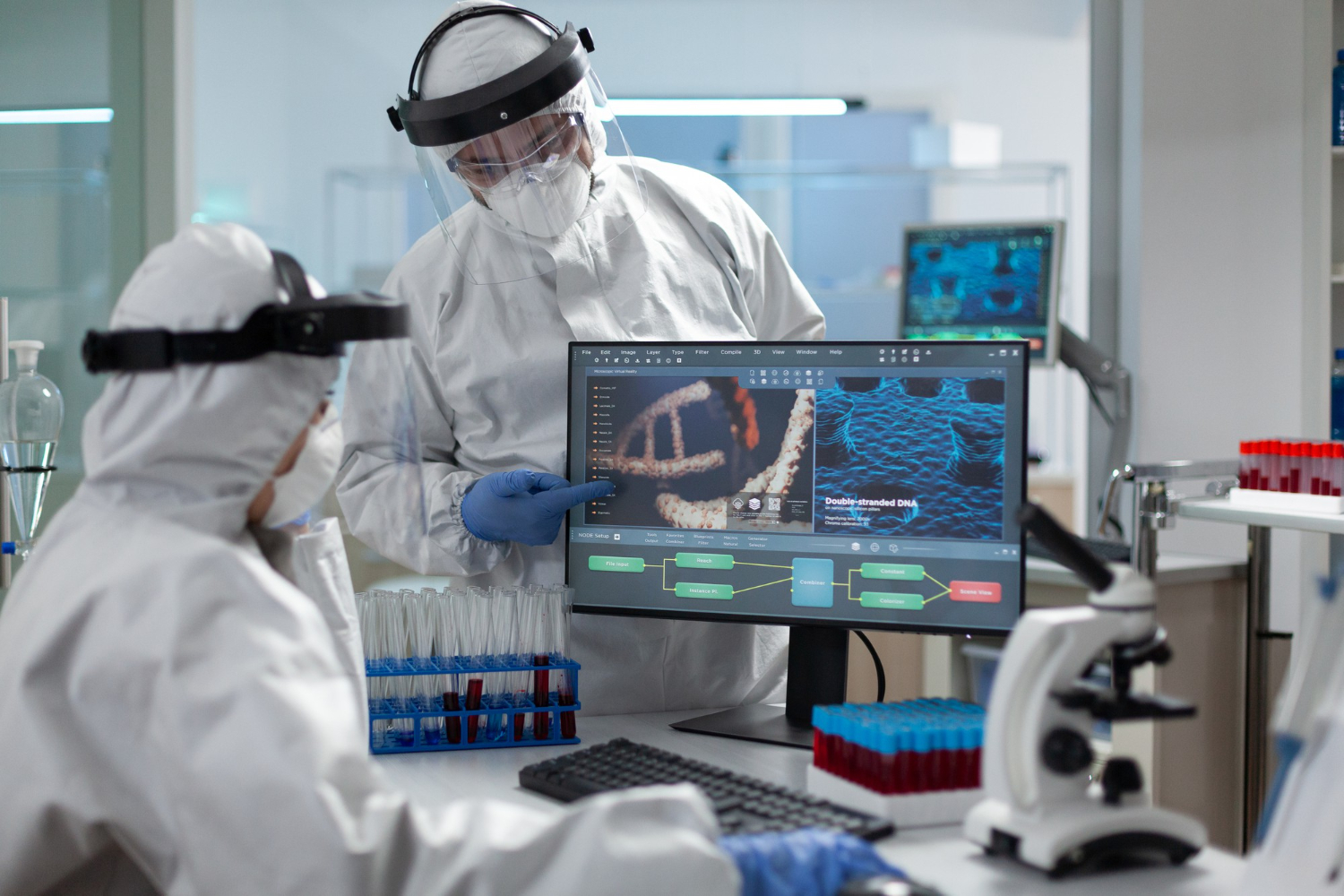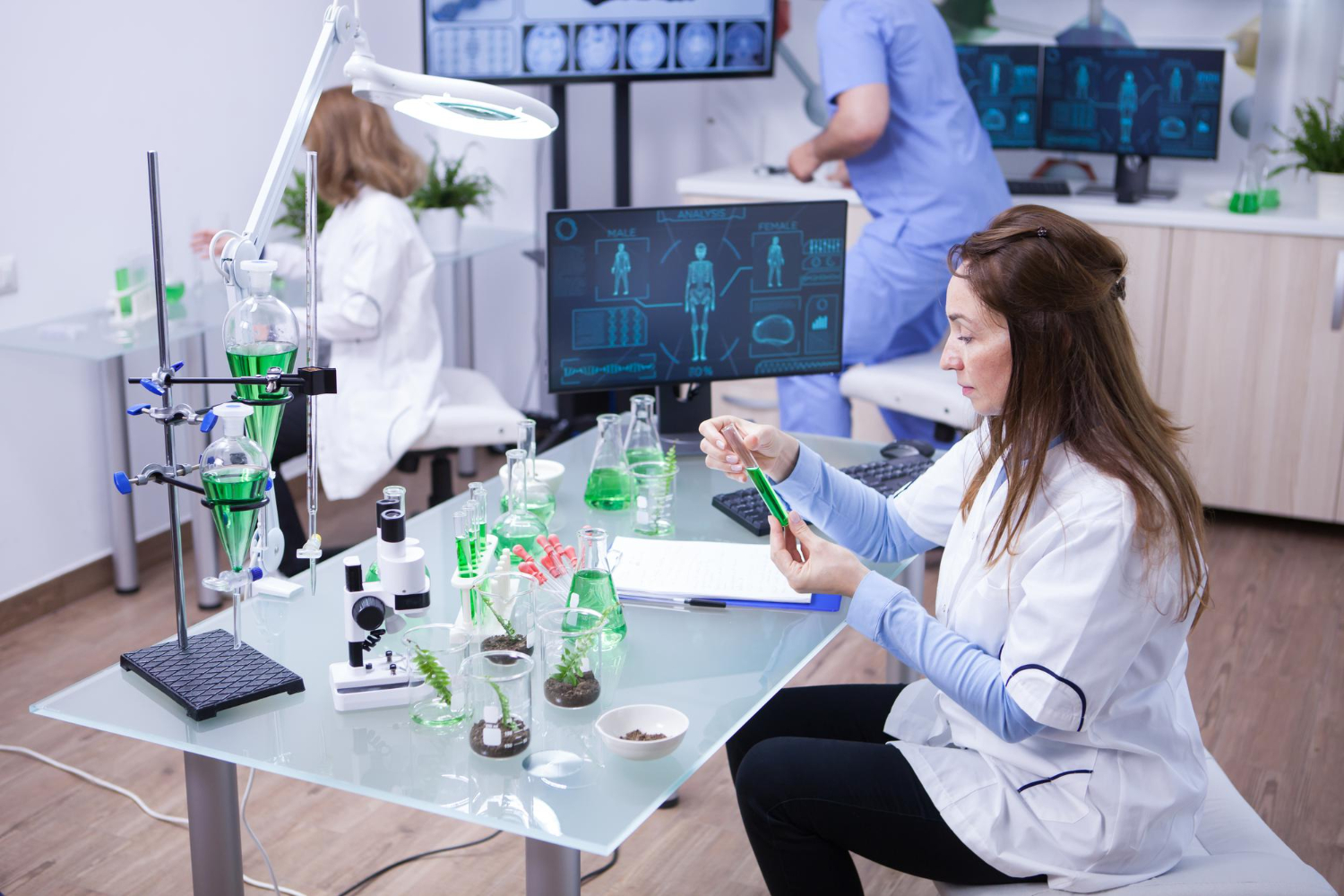Applications of Machine Vision in Pharmaceutical Technology
Machine vision in pharmaceutical technology is transforming how the industry manages quality control. Pharmaceutical products require strict compliance with regulatory requirements. Even minor defects can compromise safety and lead to costly recalls. Machine vision systems provide cutting-edge solutions that ensure consistent quality and reduce the risk of human error.
The Role of Machine Vision in Quality Control
Quality control is critical in pharmaceutical manufacturing. Every product must meet stringent quality standards before reaching patients. Manual inspection is time-consuming and prone to mistakes. Machine vision systems automate the inspection process, delivering real-time analysis and accurate defect detection.
These systems use advanced cameras and sensors to capture high-resolution images of products on the production line. AI-powered algorithms and machine learning models analyse these images to identify deviations from specifications. This approach ensures that products meet regulatory requirements and maintain the highest level of precision.
Visual Inspection and Defect Detection
Visual inspection is one of the most important applications of machine vision in pharmaceutical technology. Automated systems check for defects such as cracks, contamination, or incorrect labelling. They also verify packaging integrity, ensuring consistent quality across batches.
Defect detection happens in real time, allowing immediate corrective actions. This capability reduces waste and prevents defective products from reaching the market. By automating the inspection process, manufacturers improve efficiency and maintain compliance with good manufacturing practices.
Read more: Cutting-Edge Fill-Finish Solutions for Pharma Manufacturing
Reducing Errors and Ensuring Consistency
Human error is a major risk in manual inspection. Fatigue and variability can lead to missed defects. Machine vision systems eliminate these risks by providing consistent and objective analysis. They operate continuously without performance degradation, ensuring that every product meets quality standards.
Automated inspection also supports scalability. As production volumes increase, machine vision systems maintain accuracy without additional labour costs. This advantage is vital for pharmaceutical companies producing large batches or managing multiple product lines.
Cost Benefits of Machine Vision in Pharmaceutical Manufacturing
Implementing machine vision systems delivers measurable cost advantages for pharmaceutical companies. Traditional inspection methods rely heavily on manual labour, which increases operational expenses and introduces variability. Automated visual inspection reduces these costs while improving efficiency and compliance.
Lower Labour Costs
Machine vision systems replace repetitive manual checks with automated processes. Skilled staff can focus on higher-value tasks such as process optimisation and regulatory documentation. This shift reduces labour costs without compromising quality standards.
Reduced Waste and Rework
Real-time defect detection prevents defective pharmaceutical products from advancing through the production line. By catching errors early, manufacturers avoid costly rework and material waste. This proactive approach improves resource utilisation and lowers production costs.
Optimised Equipment Utilisation
Predictive maintenance powered by machine learning ensures that equipment operates at peak efficiency. By forecasting potential failures, companies minimise downtime and avoid expensive emergency repairs. This optimisation extends the lifespan of critical assets and reduces capital expenditure.
Scalability Without Added Overheads
As production volumes grow, machine vision systems maintain accuracy without requiring additional labour or inspection stations. This scalability allows manufacturers to meet demand while controlling operational costs.
Faster Time-to-Market
Automated inspection accelerates the inspection process, reducing cycle times and improving throughput. Shorter lead times mean products reach the market faster, increasing revenue potential and reducing inventory holding costs.
Read more: Vision Technology in Medical Manufacturing
Regulatory Compliance and Documentation
Regulatory compliance is non-negotiable in the pharmaceutical industry. Machine vision systems simplify compliance by generating detailed records of every inspection. These records include images, timestamps, and analysis results, creating an audit-ready trail for regulators.
Automated documentation reduces administrative burden and improves transparency. When audits occur, manufacturers can provide clear evidence that products meet regulatory requirements. This capability builds trust and accelerates approval processes.
Case Study: Real-Time Inspection on High-Speed Lines
Consider a production line filling thousands of vials per hour. Manual inspection would be impossible at this speed. A machine vision system monitors each vial in real time, checking fill levels, cap placement, and label accuracy. When anomalies occur, the system flags them instantly, allowing operators to take corrective actions without halting the entire line.
This case demonstrates the role of machine vision in ensuring consistent quality while maintaining efficiency. It also highlights how cutting-edge technology supports compliance and reduces operational risk.
Read more: Predictive Analytics Shaping Pharma’s Next Decade
Future Outlook: Smarter Systems and AI Integration
The future of machine vision in pharmaceutical technology lies in deeper integration with AI and predictive analytics. Systems will not only detect defects but also predict potential failures before they occur. Machine learning models will analyse historical data to optimise inspection strategies and reduce downtime.
Advanced vision systems will also support adaptive manufacturing processes. They will adjust inspection parameters dynamically based on product type, batch size, and regulatory requirements. These innovations will make pharmaceutical manufacturing more agile and reliable.
TechnoLynx: Your Partner for Machine Vision Solutions
TechnoLynx helps pharmaceutical companies implement machine vision systems that meet the highest quality standards. Our solutions combine advanced imaging, AI-powered analysis, and automated reporting to ensure compliance and efficiency. We design customised platforms for visual inspection, defect detection, and real-time monitoring across production lines.
With TechnoLynx, you gain a partner committed to reducing errors, ensuring consistent quality, and supporting regulatory compliance. Contact us today to learn how we can transform your inspection process with cutting-edge technology.
Continue reading: AI in Pharma Quality Control and Manufacturing
Image credits: Freepik













